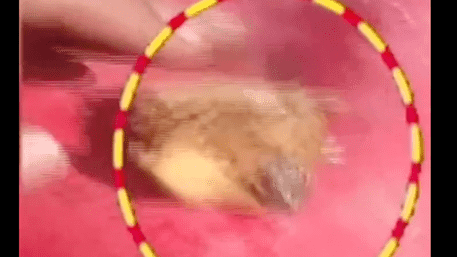
Teenage smoking remains a grave public health concern, not only for the immediate health risks it poses but also for the potential long-term consequences it may have on future generations. A recent study has shed light on the alarming fact that teenage smoking can lead to genetic damage, affecting not only the young smokers themselves but potentially impacting their future children. In this article, we’ll explore this critical issue from a health expert’s perspective and discuss why it’s crucial to address teenage smoking as a multifaceted public health challenge.
The Study’s Findings
The results showed that teenage smokers had a significantly higher incidence of genetic mutations and alterations in their DNA, particularly in genes responsible for cell growth, repair, and reproduction.
Impact on Future Generations
One of the most concerning aspects of this study is its implications for future generations. Genetic damage caused by teenage smoking can potentially be passed on to the offspring of these young smokers
The Mechanisms behind Genetic Damage
Teenage smoking is known to introduce a plethora of harmful chemicals into the body, many of which are carcinogenic. These chemicals can damage DNA by causing mutations and disrupting the normal processes of DNA repair.
Preventing Teenage Smoking
Addressing the issue of teenage smoking requires a multifaceted approach involving parents, schools, healthcare professionals, and policymakers. Here are some key steps that can be taken to prevent teenage smoking and mitigate its potential long-term consequences:
1. Education: Comprehensive education programs in schools and communities can raise awareness about the dangers of smoking, emphasizing the potential genetic and reproductive consequences.
2. Supportive Environment: Creating a supportive environment at home where parents openly discuss the risks of smoking and provide a smoke-free home can have a significant impact on a teenager’s decision not to smoke.
3. Access Restrictions: Policymakers can implement stricter regulations on the sale and marketing of tobacco products to minors, making it more difficult for teenagers to obtain cigarettes.
4. Smoking Cessation Programs: Offering accessible and effective smoking cessation programs can help teenagers quit smoking and reduce the risk of genetic damage.
5. Healthcare Interventions: Healthcare providers should play a proactive role in identifying and counseling teenage smokers, offering resources and support for quitting.
The recent study highlighting the link between teenage smoking and genetic damage underscores the urgency of addressing this issue from a public health perspective. The potential long-term consequences of teenage smoking on future generations are alarming and demand immediate action.
The author is the Founder & Director of Ujala Cygnus Group of Hospitals















